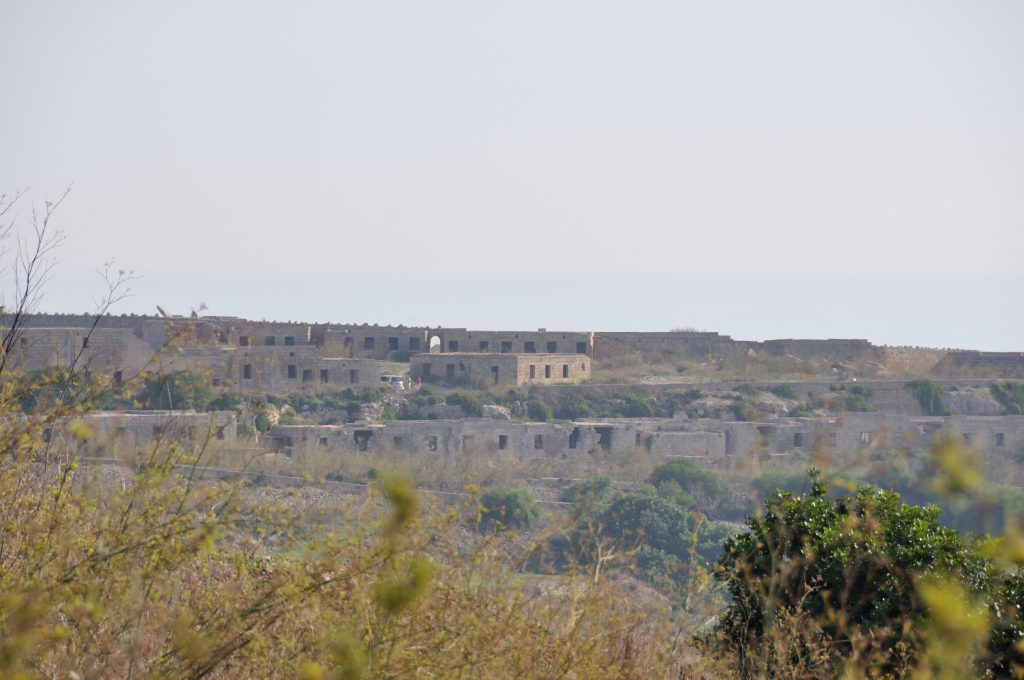Malta’s last colonial fort in tatters

Malta’s last colonial era fort, dating back to the 1930s when the clouds of WWII were on the horizon, is at serious risk of being lost forever. What is even more sad is that this military installation, Fort Campbell, emerged unscathed from enemy action only to fall prey to vandalism, pillaging and the elements. Nonetheless, some of its unique features are still visible like the perimeter wall, gun emplacements, officers mess, the generator room and even the living quarters.
Situated in Selmun and overlooking the Islands of St Paul’s, this fort is of great architectural and historic value as it represents an evolutionary shift in the military defences of the island. For the first time, the military authorities were faced with an aerial threat, which in practice meant that previous defences and fortifications built a few decades before became virtually obsolete. The fort was decommissioned a few years after WWII but remained in relatively good state until the early 1970s when the site was still guarded by a watchman. Since then, the site was pillaged for metal parts such as the iron beams supporting the roofs, with the result that most of it collapsed. Yet, it is still a major attraction as many people visit during weekends.
About a decade ago, the Mellieha local council had started talks with the central government to take over the site as part of a plan to restore it through EU funds. Unfortunately, the project never materialised as the land was never devolved to the council. In 2014 Prime Minister Joseph Muscat had announced government’s intention to restore the site possibly through the issuance of an expression of interest. Talks were reportedly being held at the time, but no further pronouncements were ever made. Meanwhile, several rumours surfaced from time to time including proposals for a shooting range. At present that site is not only in a derelict state and an eyesore, but it is also posing a safety hazard as most of the structures are no longer structurally sound while underground sections are caving in.
Though the site requires huge investment to be rehabilitated, its location is a big asset as it enjoys commanding views of the northeast coast of the Maltese Islands. Fort Campbell has the potential to be converted into a WWII museum on the lines of the numerous attractions located along the Normandy beach in France. Let us not forget that at one point the area had been shortlisted as a possible landing site for an Axis invasion.
The facility could serve the dual purpose of a heritage site and at the same time a much needed open space in the countryside. To spark interest, government could also opt to issue an expression of interest, albeit strictly to retain the site for its historical value, including the possibility of involving students from the faculty of architecture. There is also the possibility of creating a joint venture with an NGO which would look after the site, as is the case with Fondazzjoni Wirt Artna at Fort Rinella.
Bringing Fort Campbell back to its former glory would also fit in government’s objective of raising the touristic product on offer. Unfortunately, many a time, we have neglected our rich cultural and historical heritage. This is a golden opportunity which should not be missed.
.
